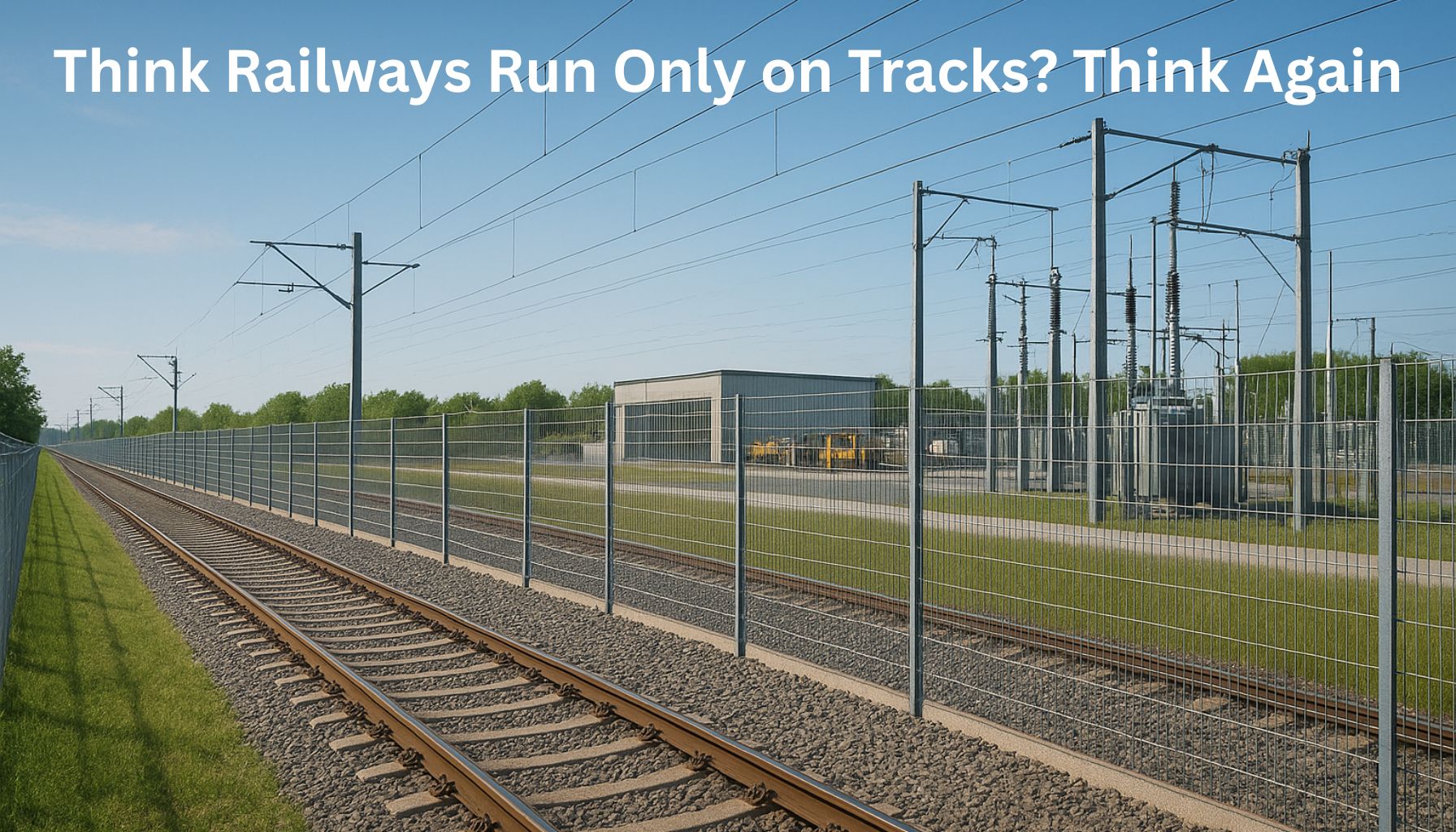

Rail travel has never been just about locomotives and modern railways. As routes expand and speeds increase, so does the pressure to keep every part of that ecosystem controlled, secure, and predictable. That means looking beyond trackwork and train systems. It means paying attention to what surrounds them.
Here’s where things get more interesting.
Fencing is not an afterthought in rail planning. It shapes how safe the corridor stays once trains begin to move. Whether you’re dealing with urban alignments, grade separations, or semi-rural zones, the edge defines the risk. Mesh fencing, in particular, has become the preferred option across many smart corridor builds. It creates physical separation while keeping visuals open, and it allows quick installation across long stretches with variable terrain. In zones with heavy foot traffic or wildlife concerns, mesh provides the kind of consistency that walls or barriers often miss.
Depots and maintenance zones may look like parking lots, but they’re high-activity zones packed with people, machines, and moving stock. Safety, in these areas, depends on managing access and visibility at the same time. Mesh panels help define paths without creating blind spots. Staff walkways, boundary perimeters, and cable trench covers all benefit from a product that’s durable, tamper-resistant, and easy to work around. We’ve seen teams cut down on site incidents just by switching from solid barriers to open mesh grids in shared work zones.
Live wires, transformers, and switching stations demand more than warning signs. Any accidental access or equipment impact can trigger shutdowns, damage, or worse. Fencing with stable grounding and tight apertures can act as both a barrier and a shield. Where clearance gets tight, modular mesh panels allow designers to secure each sub-zone cleanly, without clutter. Several teams we’ve worked with also favor these panels for their low-maintenance footprint in harsh environments.
Every train that runs on schedule depends on one thing above all: predictability. That includes the infrastructure around the tracks. Mesh helps reduce the number of uncontrolled variables. Fast installs, simple replacements, and fewer points of failure make mesh a good fit for zones that operate under pressure. It also pairs well with digital tools like surveillance, access control, and alarm systems. Mesh layouts can also be standardized across multiple corridors, which helps during audits or rapid expansions. Teams working across shifts and zones have fewer gaps to reconcile, which speeds up everything from inspection cycles to asset tracking.
As projects scale and pressure builds to hit timelines without error, contractors need solutions that hold up without daily supervision. Mesh fencing supports that need quietly and consistently. We’ve worked with metro rail teams, EPC partners, and corridor planners to supply mesh that meets technical requirements without slowing progress.
If your project hinges on smooth movement and controlled spaces, the right mesh setup becomes more than a side detail. It becomes part of your critical path. Get in touch with us today and let’s discuss your requirements about modern railways.